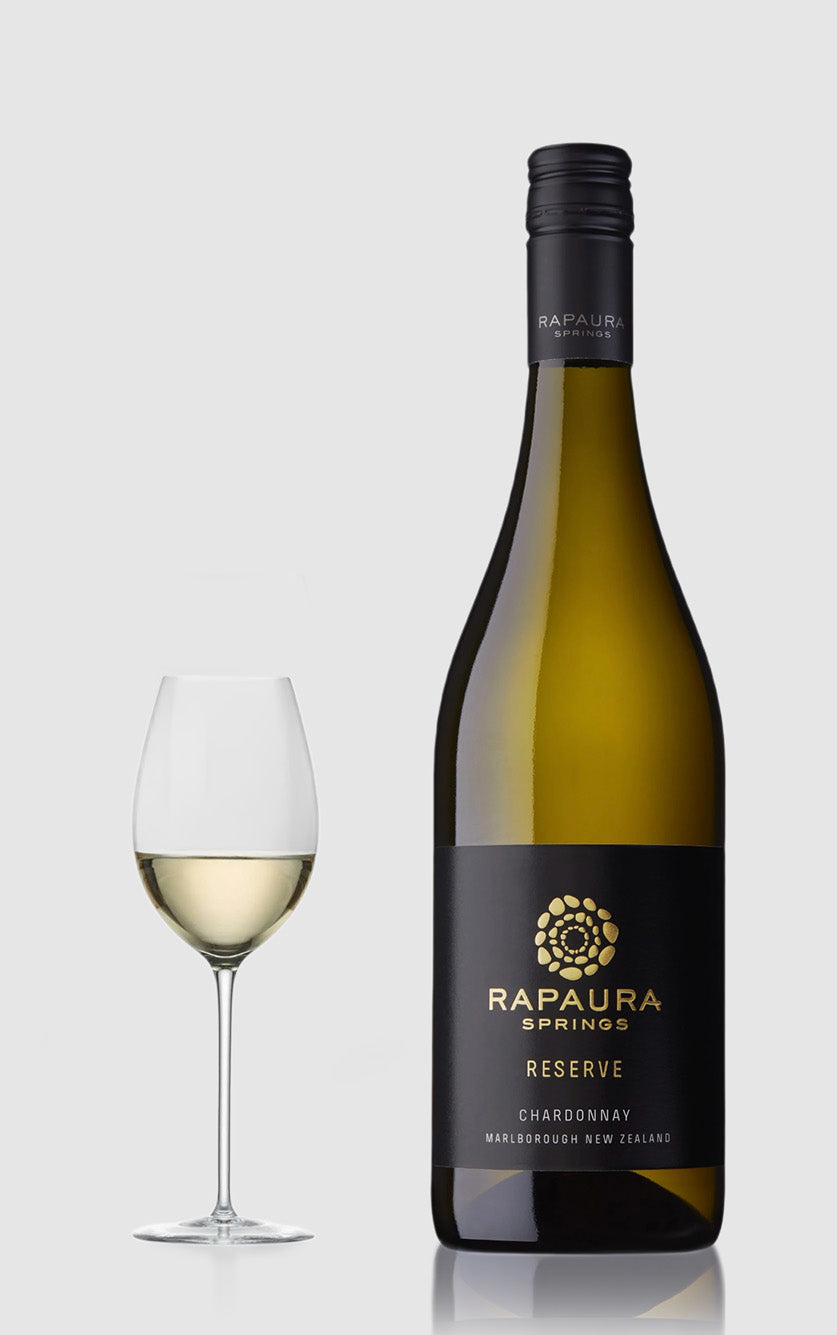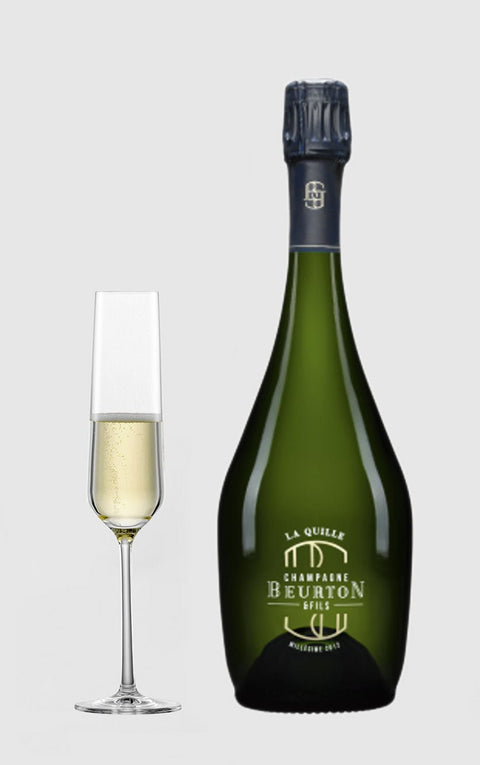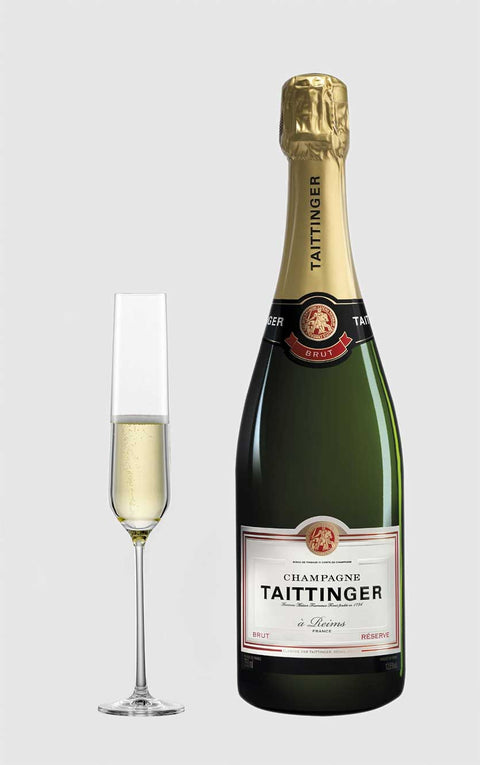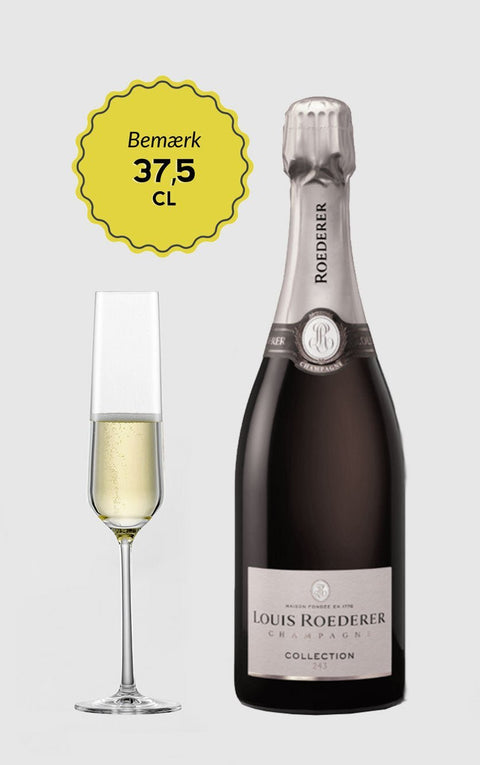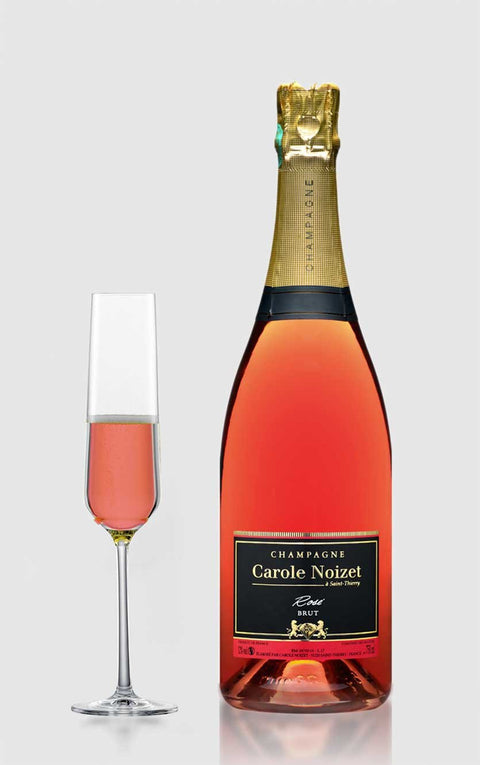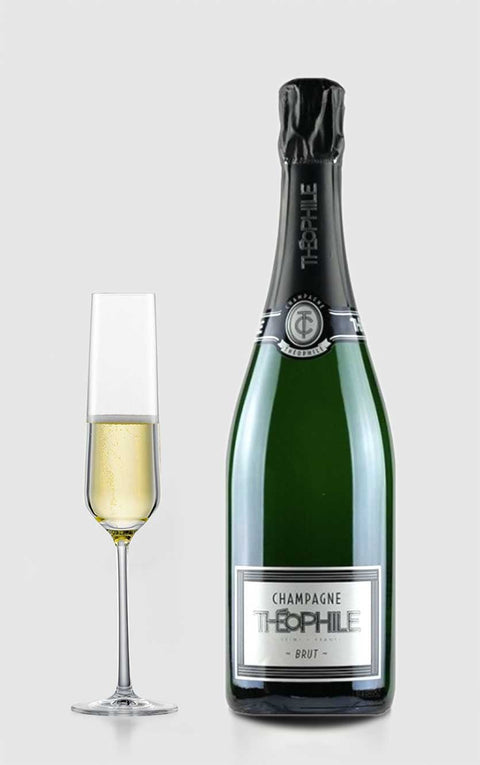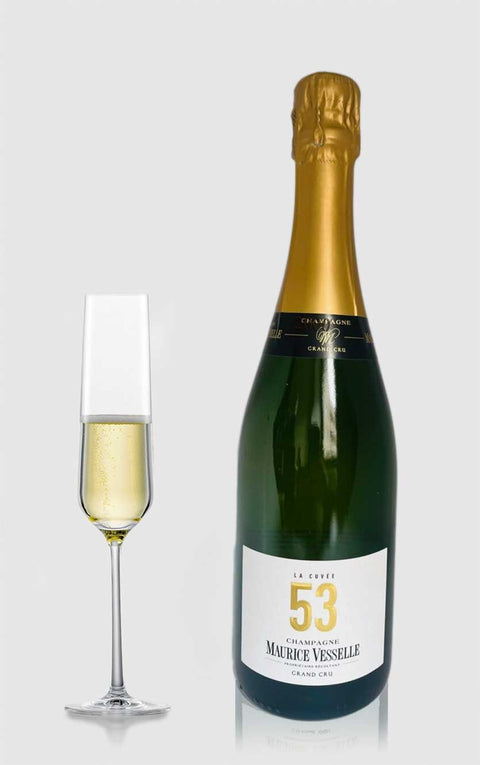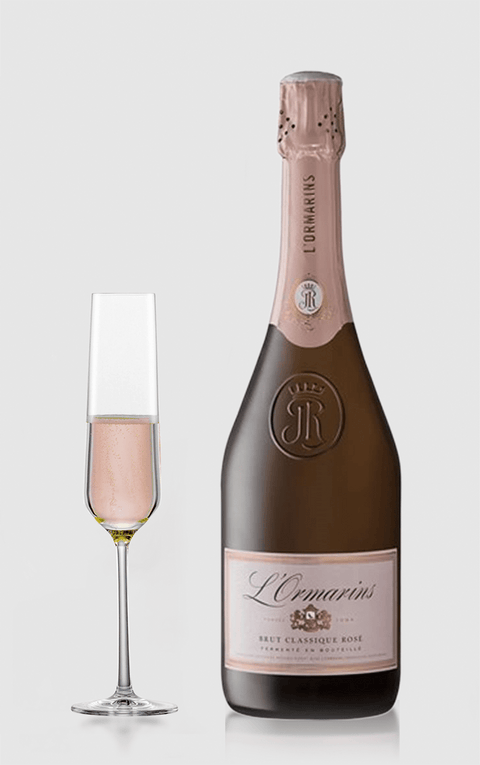
Anthonij Rupert L'ormarin's Brut Classique
Anthonij Rupert L'ormarin's Brut Classique
Anmeldelser
Vivino Rating: 4.2
Wine Enthusiast: 91 point
DH Wines: 90 point
Højere rating end 90% af alle andre flasker på markedet
Passer til: Seafood, sushi, smoked salmon, chicken salads, light tapas dishes, mature cheeses
Fremragende værdi for pengene. Sammenlignelige flasker koster normalt 30% mere.
Details
Details
Country: South Africa
Region: Stellenbosch
Alcohol: 12.5%
Volume:
Year:
In stock
Couldn't load pickup availability
Anthonij Rupert L'Ormarin's Brut Classique
L'Ormarins Brut Classique is one of the many sparkling wines from the South African wine house Anthonij Rupert Wine, located in the picturesque town of Franschhoek in the Western Cape, South Africa, surrounded by the dramatic Groot Drakenstein Mountains.
The winery consists of the historic farms L'Ormarins and Anthonij Rupert Estate, founded at L'Ormarins in Franschhoek by Anthonij Rupert. The estate has a long history of wine production, dating back to 1694, as evidenced by the bottle.
After Anthonij Rupert's tragic death in a car accident in 2001, his brother Johann Rupert took over the operation of the vineyard and named the winery in honor of his late brother.
Johann and Anthonij are the sons of Anton Rupert, a well-known philanthropist and founder of a large empire that includes distilleries, breweries, wineries, as well as luxury brands such as Cartier, Dunhill, Piaget and Montblanc.
While Johann was previously responsible for the sale of luxury goods, Anthonij and their sister Hanneli took care of the vineyards L'Ormarins, Rupert, Rupert & Rothschild and La Motte.
Today, Johann is a significant shareholder in the Richemont Group, which includes brands such as Cartier, IWC, Piaget, Dunhill, Montblanc, Chloé, Panerai and many other well-known brands.
In addition, he also owns Rupert Wines, which includes wineries and brands such as Cape of Good Hope, L'Ormarins, Terra del Capo, Protea and of course Anthonij Rupert.
The winery's vineyards are spread across L'Ormarins in Franschhoek, Rooderust in Darling, Riebeeksrivier in Swartland and Altima in remote Elandskloof. In total, the winery has over 250 hectares of vineyards in these areas. They also operate the Franschhoek Motor Museum, which houses 80 vintage cars.
L'Ormarins Brut Classique is made from a blend of 57% Chardonnay and 43% Pinot Noir. The Pinot Noir grapes come from vineyards at an altitude of 178-188 meters at Altima in Elandskloof.
The Chardonnay grapes come from vineyards near Rooderust, where the soil is rich in slate. After manual harvesting, the grapes are pressed, and the juice from the first and second pressings is kept separate. The juice is then settled and fermented in stainless steel tanks.
The wine is blended, filtered and bottled before secondary fermentation, followed by 2-4 years of bottle aging before final disgorging with a sweet dosage. The wine is aged for a further 3 months before release.
The aroma is dry with notes of nuts, roasted hazelnuts, yeast, orange peel, crushed apples, lemons and flower pollen, as well as a salty minerality that gives a fresh whole.
The taste is fresh with intense bubbles that are a little aggressive. Green, sour apples, lemons and a bit of grapefruit stand out, with a fresh and slightly bitter taste, where the acidity is pronounced and persistent. A remarkable wine. 90 points.
Sign up for our newsletter here
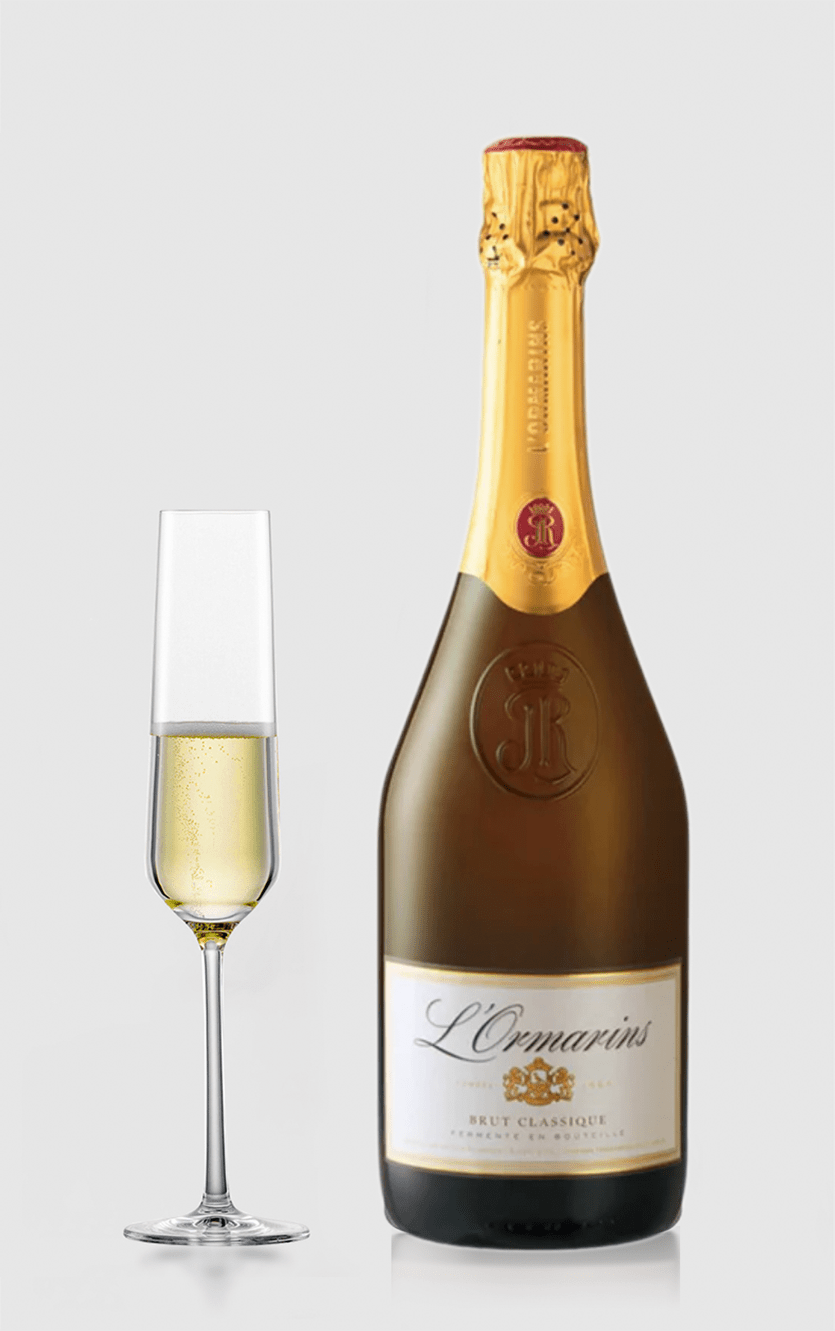
Here is a detailed description of the different types of champagne, sorted by dryness.
Types of sparkling wine
1. Brut Nature (also called Ultra Brut or Zéro Dosage)
Sugar content: Below 3 g/l (no added sugar)
Taste profile: Extremely dry, razor-sharp acidity and mineral character. Very clean and natural taste, where the terroir of the champagne and the original flavor nuances of the grapes stand out clearly.
When to drink it? Best with oysters, shellfish, sushi or as an aperitif for those who like an ultra-dry taste experience.
2. Extra Brut
Sugar content: 0-6 g/l
Taste profile: Very dry, but with a slightly more rounded character than Brut Nature. The taste is still fresh and mineral, with high acidity and finesse.
When to drink it? Perfect with lighter dishes like ceviche, carpaccio or salads with citrus and seafood.
3. Brute
Sugar content: Up to 12 g/l
Taste profile: Dry, but with a bit more balance and roundness. Brut is the most popular type of champagne, as it combines freshness with a light fruity sweetness. The taste often has notes of green apples, citrus fruits, white flowers and a slightly toasted character from the fermentation.
When to drink it? Ideal as an aperitif or with versatile dishes such as poultry, fish dishes, soft cheeses and even lightly spiced food.
4. Extra Dry
Sugar content: 12-17 g/l
Flavor Profile: Despite the name, this type is not dry, but rather semi-dry. It has a slight sweetness that gives it a softer and more fruity profile, but still retains a fresh acidity.
When to drink it? Goes well with foie gras, Asian food with a bit of sweetness (like Thai or Vietnamese dishes) or mild cheeses.
6. Demi-Sec
Sugar content: 32-50 g/l
Taste profile: Distinctly sweet with a silky texture. The taste has notes of tropical fruits, candied citrus, honey and brioche. However, the acidity keeps it fresh and not overwhelmingly heavy.
When to drink it? Ideal with sweet desserts like crème brûlée, fruit tarts or nut-based cakes. Can also be an exciting contrast to strong cheeses like Roquefort.
7. Sweet
Sugar content: Over 50 g/l
Taste profile: Very sweet, almost like a dessert wine. Has intense notes of honey, caramel, dried fruits and exotic spices.
When to drink it? Perfect as a dessert on its own or with the sweetest desserts like chocolate fondant, panna cotta or vanilla ice cream with caramel.
Which champagne should you choose?
Which champagne should you choose?
• For aperitif or seafood: Brut Nature or Extra Brut
• For versatile meals: Brut or Extra Dry
• For desserts: Demi-Sec or Doux
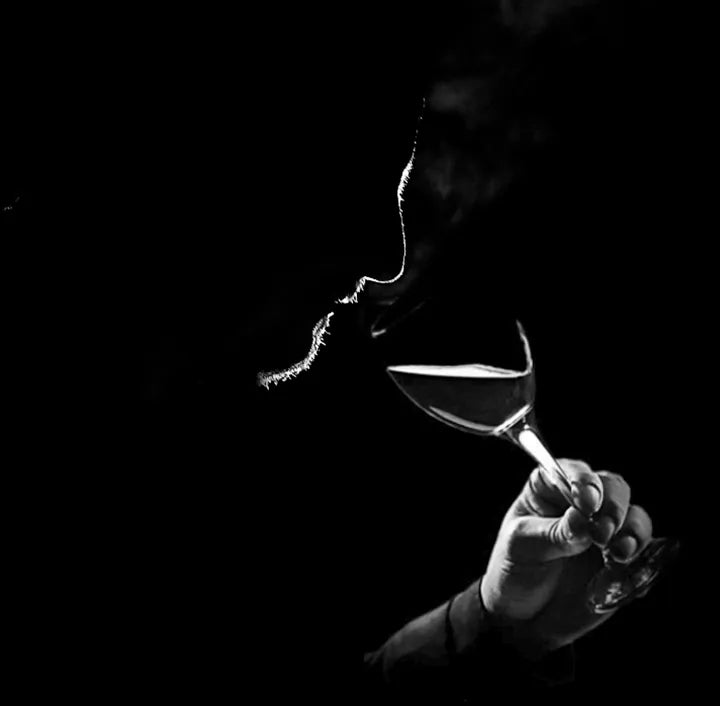
A new generation of wine enthusiasts
DH Wines
A true wine cellar in the best sense of the word… Here you can meet Daniel Hansen, a passionate self-taught wine connoisseur who can tell every story related to the entire cellar's assortment. The ambition is to cover the entire palette of wines from the easy-drinking companions that are served for close conversations between people to the attention-demanding and ambitious wines that draw wine connoisseurs deeper into the enormous and wondrous universe of wine.
In other words, you can buy wine here for everyday use and parties, for entertainment and for the bladder, to quench your thirst or to take your food to new levels.
Sign up for our newsletter - Never miss out on super offers!
Great offer
-
 ★ 95 – DH Wines★ 4.6 – Vivino
★ 95 – DH Wines★ 4.6 – VivinoVigna Madre Degá Negroamaro 2021
-23% rabatRegular price 99,00 DKKRegular priceUnit price / per129,00 DKKSale price 99,00 DKKSale -
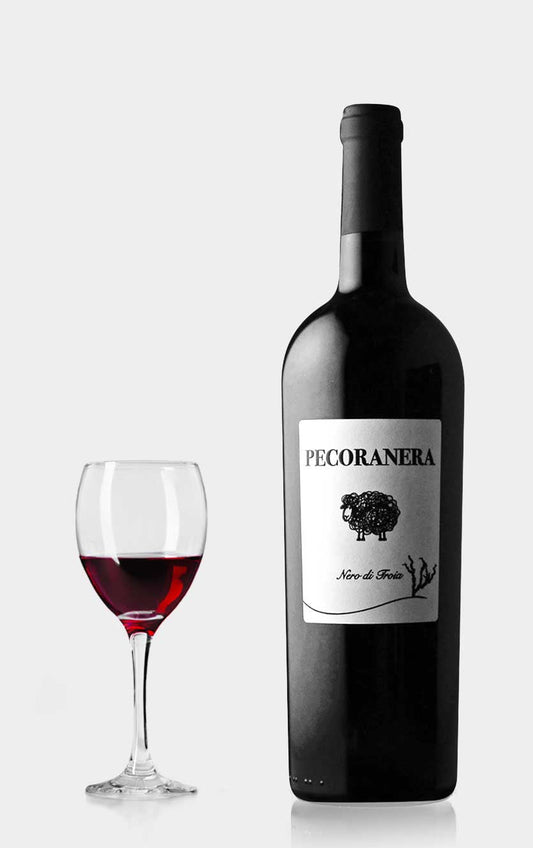 ★ 95 – Wine Enthusiast★ 95 – DH Wines★ 4.6 – Vivino
★ 95 – Wine Enthusiast★ 95 – DH Wines★ 4.6 – VivinoRisveglio Pecoranera Nero di Troia 2021
Regular price 99,00 DKKRegular priceUnit price / per149,00 DKKSale price 99,00 DKKSold out -
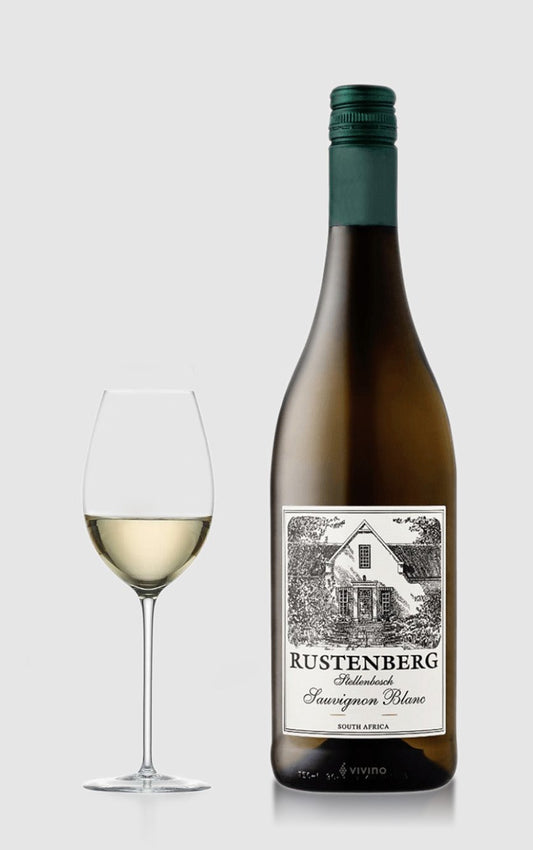 ★ 93 – James Suckling★ 92 – DH Wines★ 3.8 – Vivino
★ 93 – James Suckling★ 92 – DH Wines★ 3.8 – VivinoRustenberg Sauvignon Blanc 2022
-22% rabatRegular price 139,00 DKKRegular priceUnit price / per179,00 DKKSale price 139,00 DKKSale -
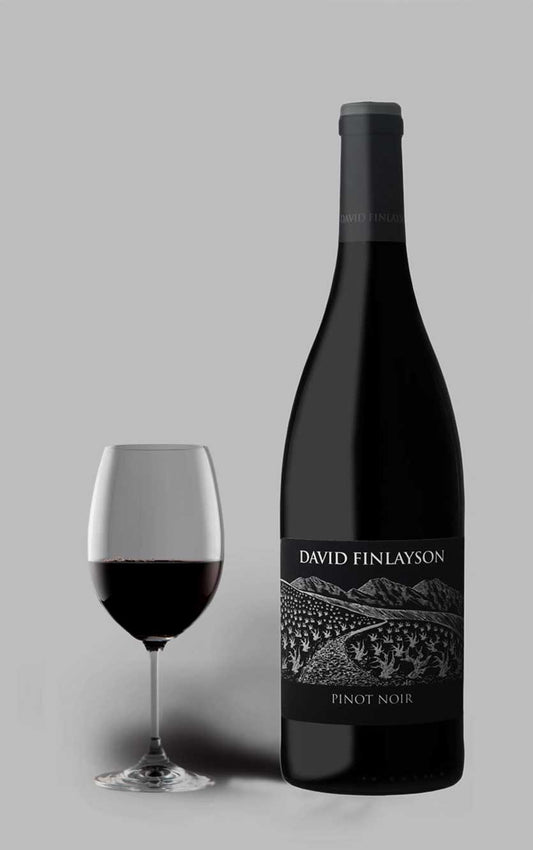 ★ 92 – DH Wines★ 3.8 – Vivino
★ 92 – DH Wines★ 3.8 – VivinoDavid Finlayson Pinot Noir 2022
-18% rabatRegular price 129,00 DKKRegular priceUnit price / per159,00 DKKSale price 129,00 DKKSale
